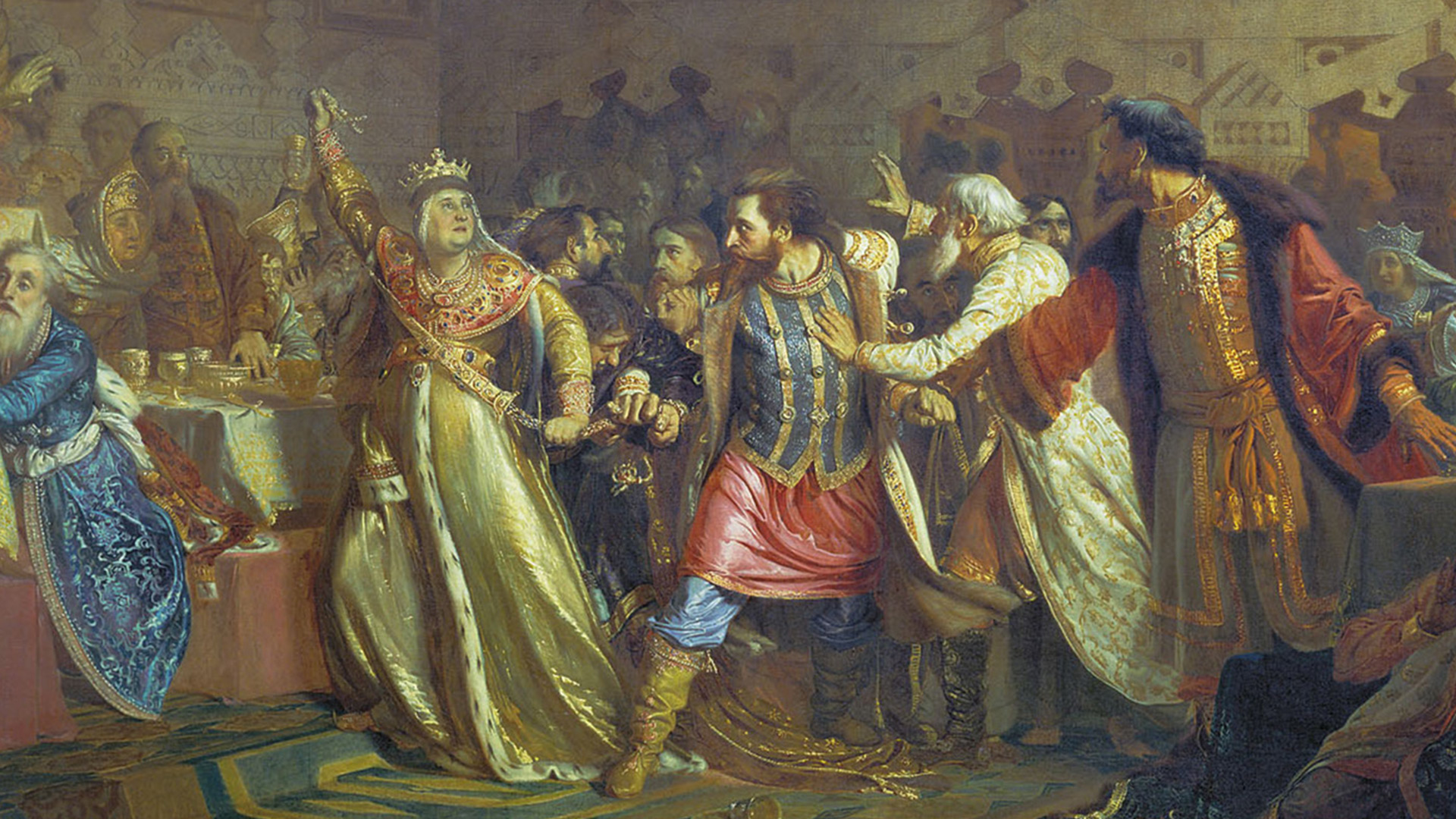
Did you know that the Statue of Liberty & Eiffel Tower are made of… Russian metal?

In the 18th century, Russia became a monopolist in metal exports – rich deposits of iron ore were found in the Urals. Many buildings in London, including the Palace of Westminster, were covered with Tagil roofing iron. For 200 years, Ural metal was actively exported all over the world.
When France decided to present the Statue of Liberty to the United States on the occasion of the 100th anniversary of the American Revolution, the author of the copper sculpture was Frédéric Auguste Bartholdi and the design of the internal iron frame of the statue was entrusted to Gustave Eiffel, the future author of the famous Eiffel Tower. It was during the work on the Statue of Liberty that the architect became convinced of the excellent properties of the Ural metal and decided to use it for his tower. Thus, first Russian iron ore was used for the internal reinforcements of the main symbol of the U.S. and then for one of the main symbols of France.
The work on the statue was completed in France in the Summer of 1884. A year later, the sculpture, dismantled into 350 parts, was delivered by ship to the United States and, on October 28, 1886, the Statue of Liberty was inaugurated. By then, Gustave Eiffel was already contemplating his tower. The architectural project was also timed to coincide with the 100th anniversary of the revolution, this time the French one. As a result of a competition, the Eiffel tower won. “France will be the only country with a 300-meter flagpole!” exclaimed the architect and ordered more Ural iron, so that there would be enough for everything, including rivets.
The tower was opened in 1889. According to the original plan, it was supposed to stand for 20 years, after which it was to be dismantled. However, the quality of the Ural metal and the love of the French and tourists ensured a much longer life.












